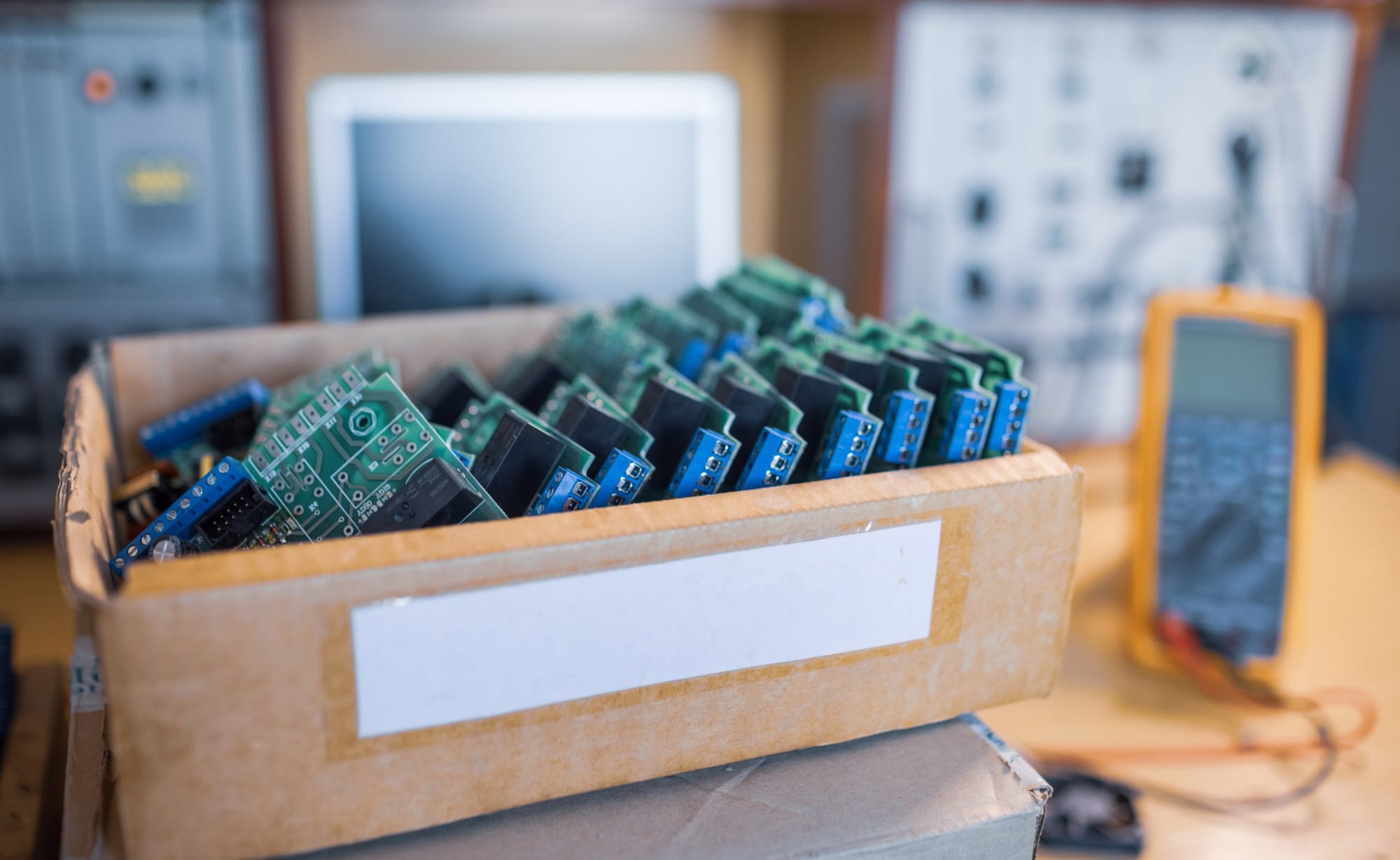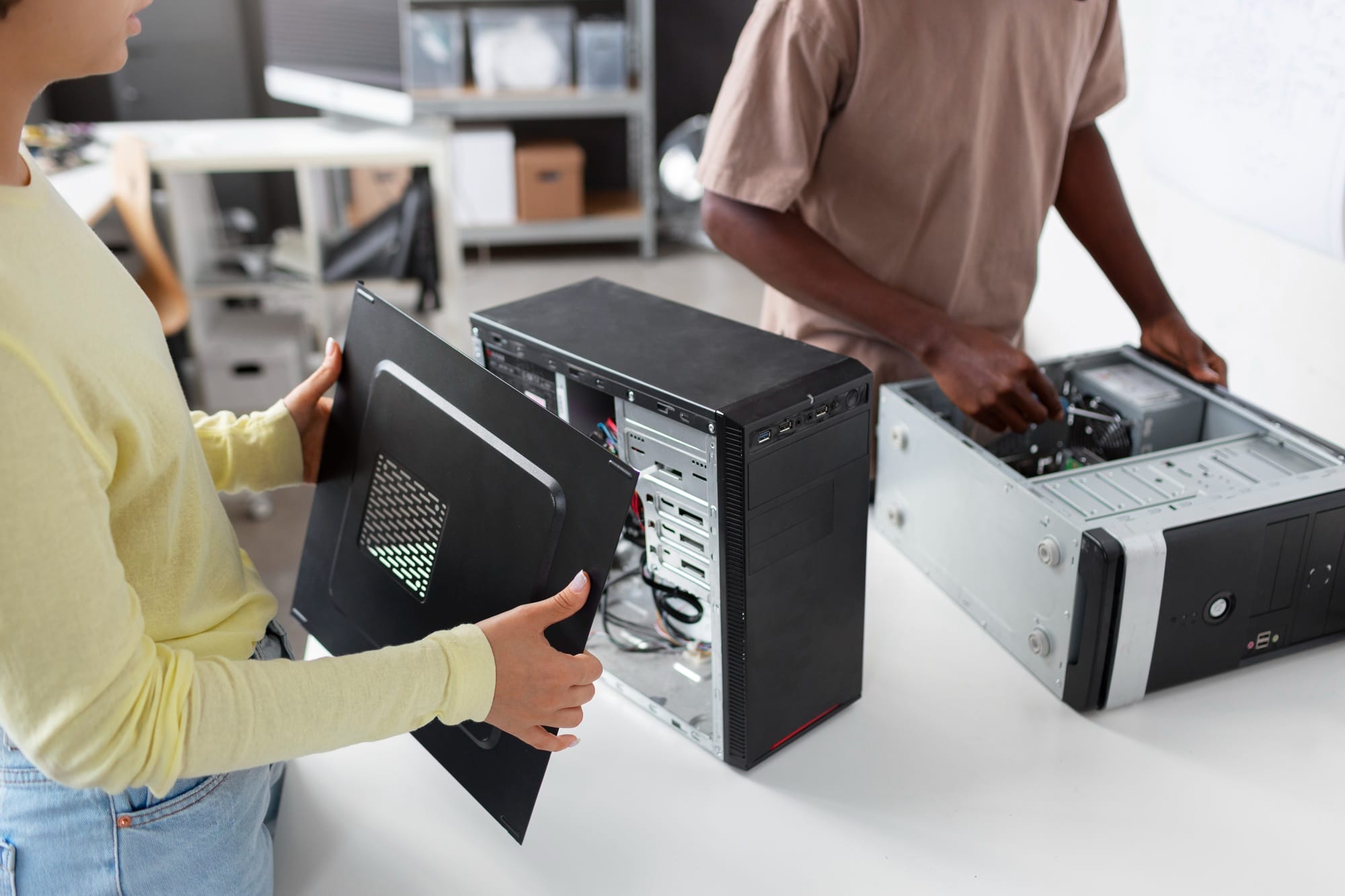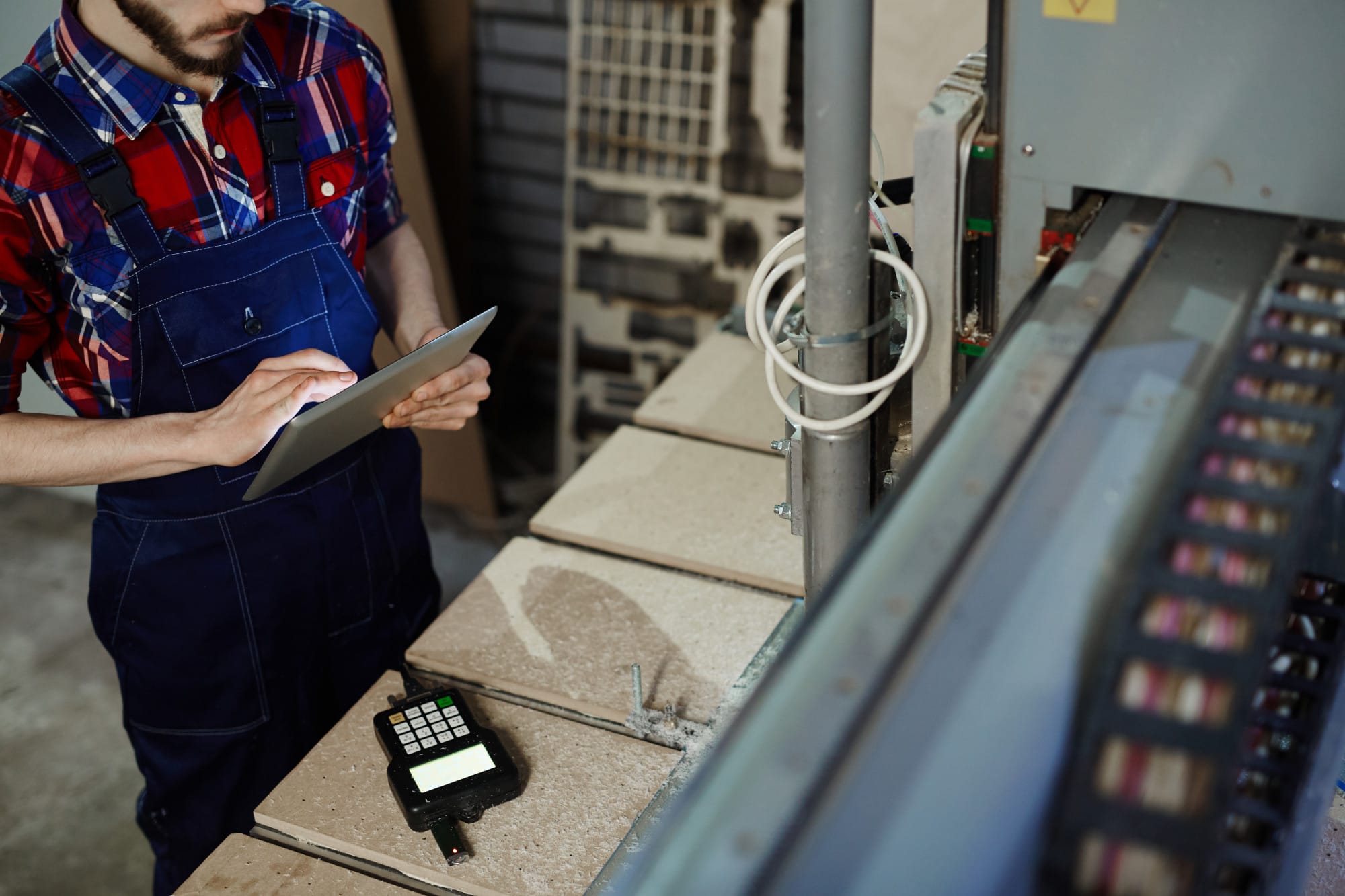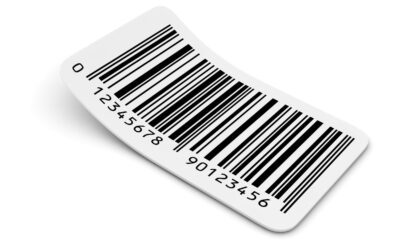
One of the main tasks for every developing business is effective asset management. Without any system, equipment or IT resources, valuable assets become lost or disorganised. Only an efficient asset-tracking system can save companies from such nagging hassles. And at the core of any successful asset-tracking strategy lies proper hardware that can support it. This ensures that your business has all the required devices, from RFID tags to scanners, which would make the tracking process smooth. In this article, we will see how hardware procurement can be optimised to enhance asset tracking systems and keep your enterprise working with best practices for IT hardware procurement.
By the end, you will know what hardware procurement entails, how to make the process work to your best advantage, and why it’s important to the overall success of your business.

What is Hardware Procurement?
Let’s define hardware procurement. In simple terms, hardware procurement is about buying the physical devices and equipment your business operations need. In the asset tracking sphere, we are talking about all the vital components that are actually helpful for effective asset management. And together, these work as the substrate for an entire asset management process.
This may include hardware procurement of RFID tags, GPS devices, and handheld scanners. RFID tags would be used for RFID tracking, meaning that you can identify and scan assets rather quickly without having to make direct contact. It is certainly perfect for quick and efficient inventory. GPS tracking devices monitor the location of mobile assets in real-time and help you find things of value that are on the move. On the other hand, handheld scanners help make data entry into your IT hardware inventory management system much quicker and far more accurate.
Hardware procurement has also often involved hardware and software procurement since the devices that one purchases have to work in concert with the digital systems. So, why is hardware important in asset tracking? Quite simply, asset management systems can’t function without the right hardware. Appropriate equipment provides the backbone for any good asset-tracking solution, where you’ll want to make sure you’re able to track, analyse, and manage all of your assets with total precision.
The Hardware Procurement Process for Asset Tracking
Having clarified what hardware procurement is, the next step will provide a breakdown of the process that is typically followed. Optimizing the hardware procurement process to perform asset tracking means a considered and orderly action that will, at the same time, balance quality and dependability with cost-effectiveness. Set forth below is the breakdown, step by step, of an ideal IT procurement process best practices for asset tracking hardware.
- Understanding Tracking Requirements and Hardware Compatibility: Your first step will involve recognising the particular type of asset tracking you require. That would mean ascertaining what assets to monitor, the kind of information you will need to capture, and lastly, where the assets are to be used-for instance, indoors, outdoors, or mobile. Do you need real-time tracking or just periodic updates? Once you have these answers, you will be able to find the right hardware to suit your needs and ensure that it is integrated without problems with your current software and systems.
- Evaluating Suppliers Based on Quality, Reliability, and Support: Next, after understanding your needs, will be researching hardware suppliers. Not all are created equal, and you want to find those offering quality products, good warranties, and excellent customer support so that you have reliable hardware with ongoing support. A good supplier will be there in case anything goes wrong or you need assistance during the lifecycle of your hardware.
- Balancing Budget Constraints with Performance Needs: Of course, budgeting will always play an important role in procurement, but there are many issues concerning cutting corners to save money that can cause problems later on. A balance between budget and performance needs to be drawn. Of course, a very cheap option may become an attractive alternative, but high-quality hardware often saves more money by being durable, having lower maintenance costs, and living longer. Work with the stakeholders to come up with a budget range that offers acceptable quality.
- Ensuring Hardware Meets Technical and Environmental Requirements: What you procure must work effectively within your environment. In other words, both the technical specifications and the physical conditions have to be taken into account. Would it be used in extreme temperatures, dust, or even with vibrations? When it is, then make sure to get equipment that is able to endure it so the hardware is functional and effective throughout its intended use.
Planning for Installation, Maintenance, and Updates: A good procurement strategy does not end at the point of buying. You also need to strategize how the hardware will be installed, maintained, and what the upgrade paths are so that it continues to serve you well throughout its life cycle. Regular maintenance and updates will also be scheduled so as not to disrupt the operation or prolong the lifetime of your hardware.

Understanding the Hardware Industry Supply Chain Strategy
Of course, a successful procurement strategy needs to take into account wider issues concerning the supply chain. The hardware industry supply chain strategy is a major element of the hardware procurement roadmap for asset tracking. The availability of parts, manufacturing lead times, and shipping logistics – all supply chain considerations – impact how quickly you are able to get the hardware you need and with what ease.
Issues like global chip shortages have, in recent years, hit the very foundation of the availability of electronic components. Supply chain disruptions can cause delays, impacting your asset tracking rollout schedule. This is a very good reason to ensure agility in your plans, creating a strong hardware sourcing plan that contains strategies for contingency, including the identification of second sources and holding safety stock for crucial hardware components.
The key to a successful procurement roadmap is to anticipate each supply chain challenge well before it occurs. If you can learn what factors are most likely to affect your hardware procurement, you’ll be able to build strategies that minimise disruptions and keep your asset-tracking projects on schedule. Flexibility and adaptability in your supply chain strategy go a long way when uncertainties strike.
IT Procurement Best Practices for Asset Tracking
In the following section, let’s take a look at some of the best practices in IT procurement (including the use of properly configured tracking tags) that will help ensure your tracking of hardware assets is effective. In general, following these best practices will allow your organisation to set up an effective and structured procurement process with satisfying business outcomes. Some of the key best practices you should consider include:
Use Standardised Equipment
Using standardised equipment has many benefits. It simplifies the management and maintenance of your hardware because similar brands or models mean fewer variations to deal with when it comes to software updates, integration, and troubleshooting. Standardisation also means your IT team can easily train staff, manage updates, and keep track of all assets.
Lifecycle Management
The hardware lifecycle is often one of the most overlooked areas within an organisation. Effectively manage your hardware lifecycle to ensure it’s always reliable and current. Hardware becomes outdated, and knowing when to upgrade or retire devices is important. Effective lifecycle management reduces a lot of downtimes and keeps your asset-tracking operation running as it should.
Strategic Vendor Partnerships
Good relations with the vendors ensure better pricing, access to new products, and follow-through support. Partnerships with trusted vendors will ensure the streamlining of the procurement process. A good vendor relationship may also be valued in the provision of early access to information on emerging technology, hence helping your competitive advantage.
Compliance with Regulatory Standards
If your asset tracking involves sensitive data or if you happen to operate in a regulated industry, compliance is key. Confirm that your hardware and software, as well as procurement practices, are compliant with all required data protection regulations. You want to keep such sensitive information safe. Compliance isn’t just to avoid penalties. It’s about the trust of your clients and the reputation of your business.
Dedication to best practices in software procurement is also important since hardware and software need to match well for an asset-tracking system to work properly. Proper procurement on both fronts ensures a well-rounded solution for your business.

Procurement Strategy for the Hardware Industry: Manage Your Assets Easily with itemit
A well-thought-out procurement strategy is crucial to ensuring seamless asset tracking. Let’s recap some of the key strategies that can help you succeed in device procurement and optimise asset tracking.
Focus on Quality and Reliability
Investing in reliable IT equipment pays off in the long run. By focusing on quality, you can reduce unexpected breakdowns, minimise downtime, and maximise the return on your investment. High-quality equipment is not just about keeping things running; it’s about avoiding problems and ensuring that your business operates smoothly.
Utilise Asset Tracking Software
The best way to simplify asset management is by using asset-tracking software like itemit. itemit’s asset management platform provides you with real-time visibility into your hardware assets, allowing you to track every item, log important details, and even automate tracking processes. With itemit, managing your hardware has never been easier.
Balance Long-term Costs and Initial Outlays
It can be tempting to focus solely on upfront costs when buying hardware, but it’s important to think long-term. High-quality equipment may have a higher initial price, but lower maintenance costs and fewer replacements make it more cost-effective in the long run. Balancing long-term benefits with short-term expenses is the smart way to manage your procurement budget.
Implement a Maintenance Plan
A good maintenance plan will significantly extend the useful life of your hardware. Whether it’s in-house maintenance or vendor-provided support, ensuring that your equipment is properly maintained will keep it running longer and performing at its best. Regular maintenance prevents costly surprises and keeps your asset tracking reliable.
Ready to make your hardware procurement and asset tracking easier? With itemit asset management, you can seamlessly track and manage all your IT equipment in one platform. Simplify your operations and ensure nothing falls through the cracks. Let itemit help you streamline your hardware procurement and take control of your asset tracking today!

Try itemit
Choose a better way to track
your assets.
Start your free 14-day trial now!
Frequently Asked Questions
What are the benefits of hardware procurement in asset tracking?
Hardware procurement ensures you have the right tools, like RFID tags and scanners, that make asset tracking efficient and accurate. This helps prevent asset loss, reduce downtime, and optimise resource management.
How does the supply chain affect hardware availability for asset tracking?
The hardware industry supply chain strategy impacts hardware availability, delivery timelines, and pricing. Disruptions like chip shortages can delay procurement and affect asset-tracking projects.
What are some best practices for managing hardware lifecycle in asset tracking?
IT procurement best practices for lifecycle management include standardising equipment, partnering with reliable vendors, planning for upgrades, and managing asset replacement schedules to keep your hardware up-to-date.
What are some technology procurement best practices?
Technology procurement best practices involve using standardised equipment, lifecycle management, and compliance with regulatory standards. These practices help ensure long-term efficiency and seamless integration of hardware.
How do IT procurement best practices improve hardware acquisition?
IT procurement best practices help make sure that hardware meets your business’s reliability, compatibility, and cost requirements. They also assist in selecting the right vendors and maintaining regulatory compliance.
What do hardware procurement services include?
Hardware procurement services include sourcing, purchasing, installation, and maintenance of physical devices for asset management. These services also involve coordinating with vendors and managing inventory to ensure smooth operations.
How do IT hardware procurement services benefit my business?
IT hardware procurement services streamline the process of acquiring tracking devices, ensuring that you have the right tools for IT hardware inventory management and effective asset tracking, ultimately saving time and resources.

Keep Learning
itemit Blog
Tips, guides, industry best practices, and news.
What Is Active RFID? A Complete Guide to Smart RFID Tags
Discover what Active RFID is, how active tags function, and the key benefits and use cases that make this technology essential for modern tracking systems.
Everything You Need to Know About 2D Barcodes
Discover everything about 2D barcodes, including how they work, their benefits, and how they are revolutionizing industries and improving business operations
Complete Guide to Asset Lifecycle Management and Its Benefits
Learn about asset lifecycle management and how it helps businesses optimize asset usage, reduce costs, and improve efficiency throughout the asset’s life.



